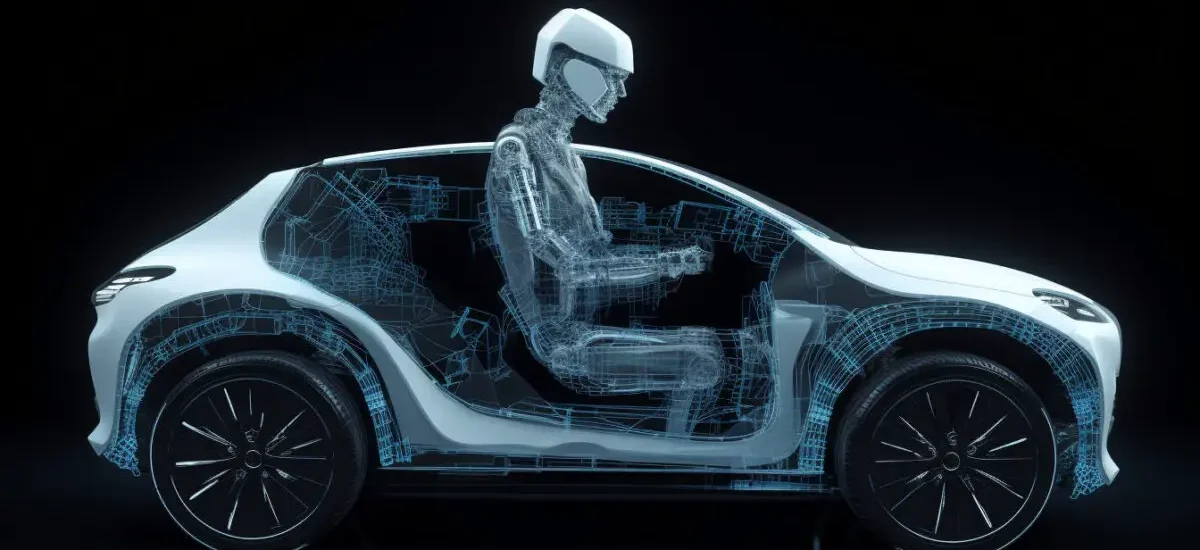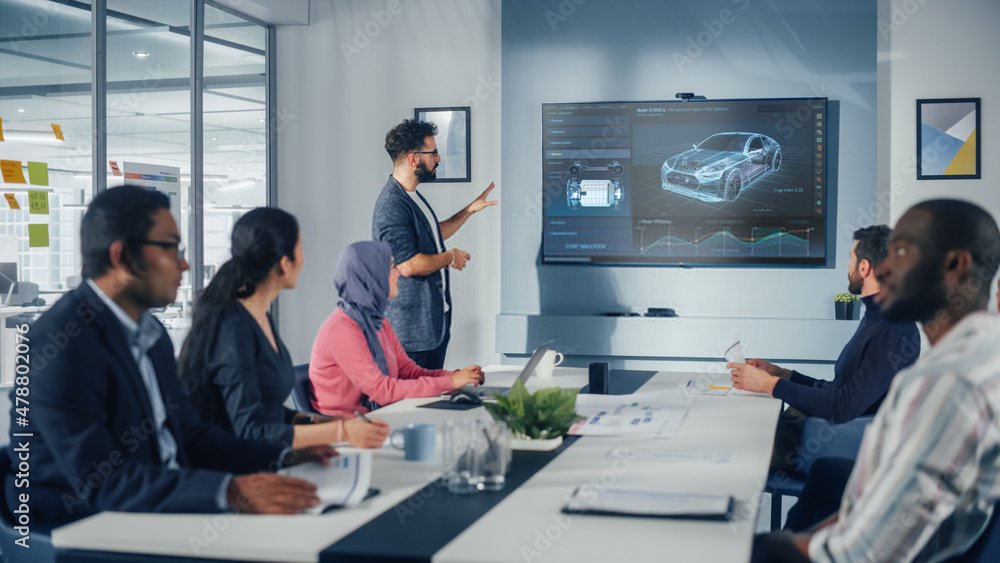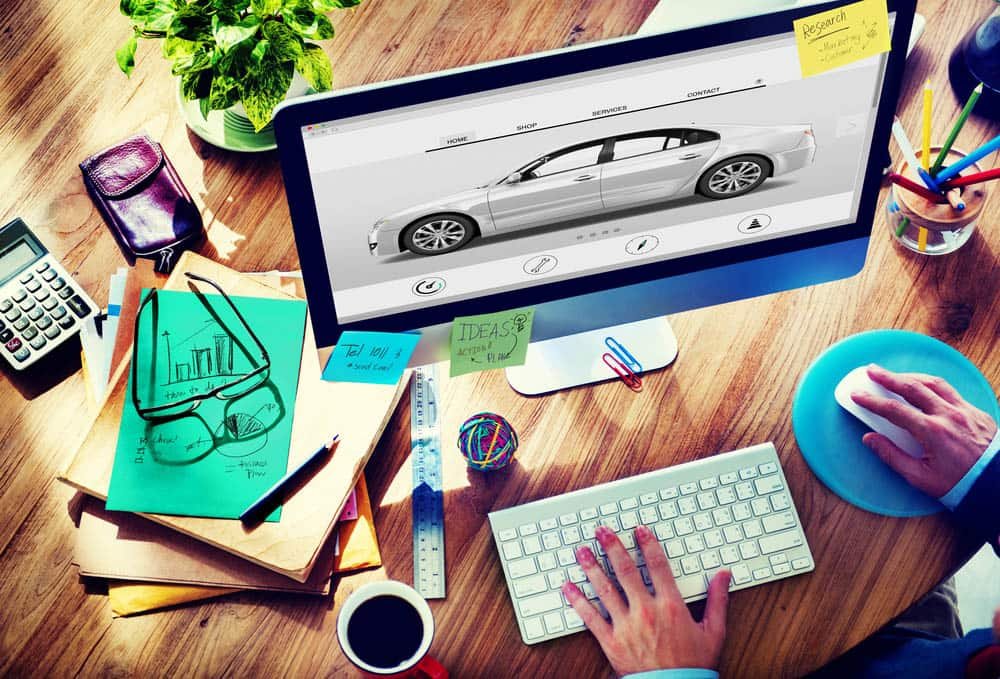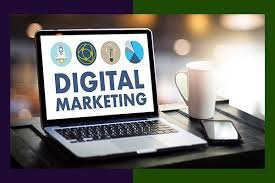Automotive Digital Marketing: Navigating the Road to Success
In today’s digital landscape, the automotive industry has undergone a transformative shift. As consumers increasingly rely on the internet for research, comparison, and purchasing decisions, automotive digital marketing has become a critical tool for businesses to connect with their target audience and drive sales.
Mapping the Automotive Digital Landscape
The automotive digital marketing landscape is constantly evolving, with new technologies and platforms emerging regularly. To stay ahead of the curve, automotive businesses must navigate this dynamic environment and understand the latest trends and best practices. Key components of automotive digital marketing include:
- Search Engine Optimization (SEO): Optimizing your website and content for relevant keywords to improve search engine rankings and drive organic traffic.
- Social Media Marketing: Engaging customers on platforms like Facebook, Instagram, and Twitter to build brand awareness and foster loyalty.
- Pay-Per-Click (PPC) Advertising: Utilizing targeted PPC campaigns on Google Ads and social media to generate high-quality leads and drive sales.
- Content Marketing: Creating valuable, informative content such as blog posts, articles, and videos to educate and engage your audience.
- Email Marketing: Sending personalized email campaigns to nurture leads and keep customers informed about new products, special offers, and upcoming events.
Charting a Course: Developing a Winning Digital Marketing Strategy
To succeed in the automotive digital marketing landscape, businesses must develop a comprehensive, data-driven strategy that aligns with their goals and target audience. Here are some key steps to consider:
- Define Your Destination: Clearly outline your objectives, whether it’s increasing brand awareness, generating leads, or driving sales.
- Conduct Market Research: Understand your target audience, competitors, and industry trends to inform your marketing strategies.
- Create Detailed Buyer Personas: Develop profiles of your ideal customers based on demographic, psychographic, and behavioral data.
- Optimize Your Website: Ensure your website is user-friendly, mobile-responsive, and optimized for search engines to enhance visibility and drive traffic.
- Develop a Content Strategy: Create a content calendar that aligns with your audience’s interests and promotes your products and services in a compelling way.
- Implement Targeted Advertising Campaigns: Use PPC and social media advertising to reach your audience with personalized messages and offers.
- Measure and Analyze Your Results: Track key performance indicators (KPIs) such as website traffic, lead generation, and sales to evaluate the effectiveness of your digital marketing efforts and make data-driven decisions.
Navigating the Future: Leveraging Emerging Technologies
As the automotive industry continues to evolve, emerging technologies are playing an increasingly important role in digital marketing. Some key technologies to consider include:
- Artificial Intelligence (AI): AI-powered chatbots and virtual assistants can enhance customer service and provide personalized recommendations.
- Virtual and Augmented Reality: VR and AR technologies offer immersive experiences, allowing customers to explore vehicles and customize features interactively.
- Big Data and Analytics: Leveraging big data and advanced analytics can help automotive businesses gain deeper insights into customer behavior and preferences, and make more informed marketing decisions.
Frequently Asked Questions (FAQs)
1. What is automotive digital marketing?
Automotive digital marketing refers to the strategies and techniques used by automotive businesses to promote their products and services online. This includes SEO, social media marketing, PPC advertising, content marketing, and email marketing.
2. Why is digital marketing important for the automotive industry?
Digital marketing is crucial for the automotive industry because it allows businesses to reach a wider audience, engage with potential customers, and drive sales in an increasingly competitive market. Most consumers research vehicles online before making a purchase, making digital presence essential.
3. How can I improve my automotive website’s SEO?
To improve your automotive website’s SEO, focus on optimizing your content with relevant keywords, enhancing site speed, ensuring mobile responsiveness, and building quality backlinks. Regularly updating your content and utilizing local SEO strategies can also help.
4. What social media platforms are best for automotive marketing?
Platforms like Facebook, Instagram, and Twitter are particularly effective for automotive marketing. Instagram is great for showcasing vehicle images and videos, while Facebook allows for targeted advertising and community engagement.
5. How can I measure the success of my digital marketing efforts?
You can measure the success of your automative digital marketing efforts by tracking key performance indicators (KPIs) such as website traffic, conversion rates, lead generation, and return on investment (ROI). Tools like Google Analytics and social media insights can provide valuable data.
Conclusion:
In the digital age, automotive businesses that embrace digital marketing strategies and emerging technologies will be well-positioned for success. By navigating the automotive digital landscape, charting a course with a winning digital marketing strategy, and leveraging innovative technologies, businesses can effectively reach their target audience, engage customers, and drive sales in a highly competitive market.








